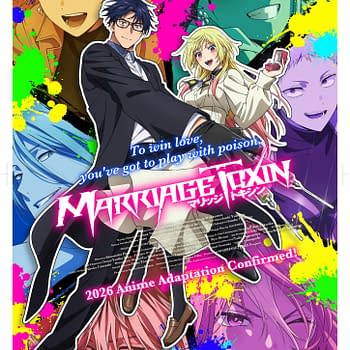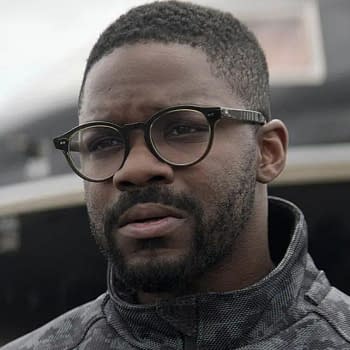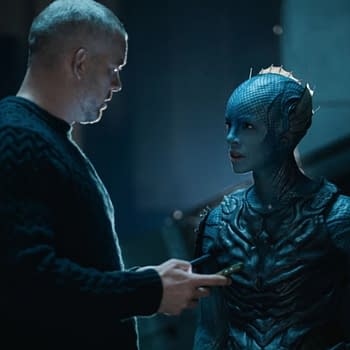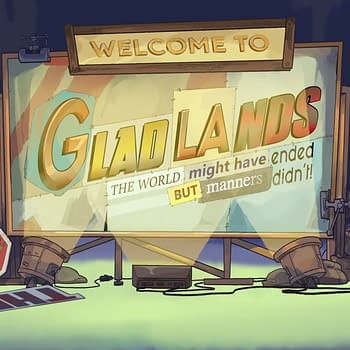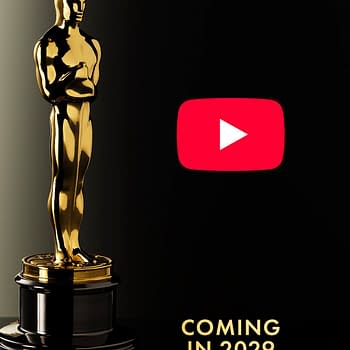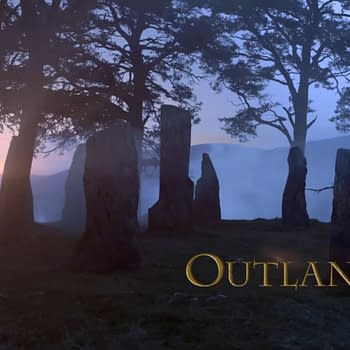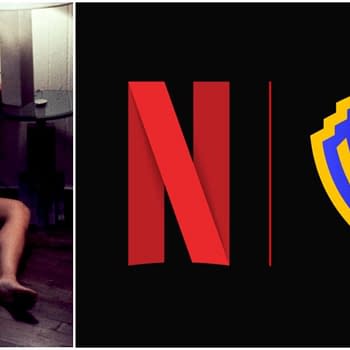Posted in: Anime, TV | Tagged: The Anime Business
The Anime Business E09: Beck on Anime, Akira & Streamline Pictures
In Episode 9 of The Anime Business, Jerry Beck discusses Streamline Pictures, his role in bringing Akira to US movie theatres, and much more.
Article Summary
- Jerry Beck shares how Streamline Pictures helped bring Akira and anime to US theaters in the 1990s
- Discover Beck's journey from growing up in Queens to becoming a pivotal figure in anime distribution
- Learn how Streamline Pictures introduced major anime titles like Vampire Hunter D and Robotech to America
- The Anime Business series highlights key moments in anime’s rise to mainstream popularity in the US
Anime distributor AnimEigo and parent company MediaOCD have released a new episode of The Anime Business on YouTube. The latest installment of the ongoing documentary series about pioneers of the Western anime industry features an interview with Jerry Beck, a renowned animation historian and author, as well as the co-founder of Streamline Pictures, a pivotal anime film and home video distributor in the 1990s and early 2000s. Here, he discusses how he introduced Akira and various anime to movie theaters in the 1990s, helping to start the trend that would bring anime into the mainstream in the US.

Growing up in Flushing, Queens, in the 60s and 70s, Beck developed an early interest in classic cartoons and Western comic books. A lifelong love of Japanese animation and manga took hold after he saw series like Great Mazinger and Himitsu Sentai Gorenger on a local New York UHF TV channel. He then began screening 16mm films of various anime films and episodes at comic book conventions.
This love of anime continued as Beck began working in film distribution for various studios, including Orion Pictures and United Artists. Still, there was little interest at the time in releasing anime in the U.S. After meeting animation producer and entrepreneur Terry Thoren, Beck relocated to Los Angeles and played a key role in the creation of Animation Magazine, which Thoren founded. Beck also managed film distribution for Thoren's Expanded Entertainment, a division of Landmark Theatres. Beck's path to working full-time in anime film distribution took off after he screened Robotech: The Movie and Hayao Miyazaki's Laputa: Castle in the Sky at the first World Animation Festival in 1987, where he met and befriended Robotech producer Carl Macek.
Convinced of the viability of anime, Beck and Macek founded Streamline Pictures in 1989 as one of the first American companies to license anime for American theatrical distribution. Streamline's first release was a 35mm English-dubbed print of Laputa: The Castle in the Sky, and it went on to release landmark titles such as Twilight of the Cockroaches, Akira, Vampire Hunter D, and Lensman. Beck also saw the tremendous potential for anime in the burgeoning home video market, and Streamline began manufacturing and distributing home video for titles such as Neo-Tokyo, Wicked City, Fist of the North Star, and Robot Carnival. Streamline Pictures also scored a significant win by securing the home media rights to Robotech. The company ceased releasing anime titles in 1997, but it continued to distribute a portion of its catalog in North America until closing in 2000.
Beck is also a prolific author on the history of animation, having written or edited numerous books on classic American animation and its characters, including The 50 Greatest Cartoons (1994), The Animated Movie Guide (2005), and Not Just Cartoons: Nicktoons! (2007), The Flintstones: The Official Guide to the Cartoon Classic (2011), The Hanna-Barbera Treasury: Rare Art Mementos from Your Favorite Cartoon Classics (2007), The SpongeBob SquarePants Experience: A Deep Dive into the World of Bikini Bottom (2013), Pink Panther: The Ultimate Guide (2005), and Looney Tunes and Merrie Melodies: A Complete Illustrated Guide to the Warner Bros. Cartoons (with Will Friedwald, 1989).
The Anime Business is an invaluable series telling the history of how anime became a major force in the US. You can watch the episodes on AnimEigo's YouTube channel.







